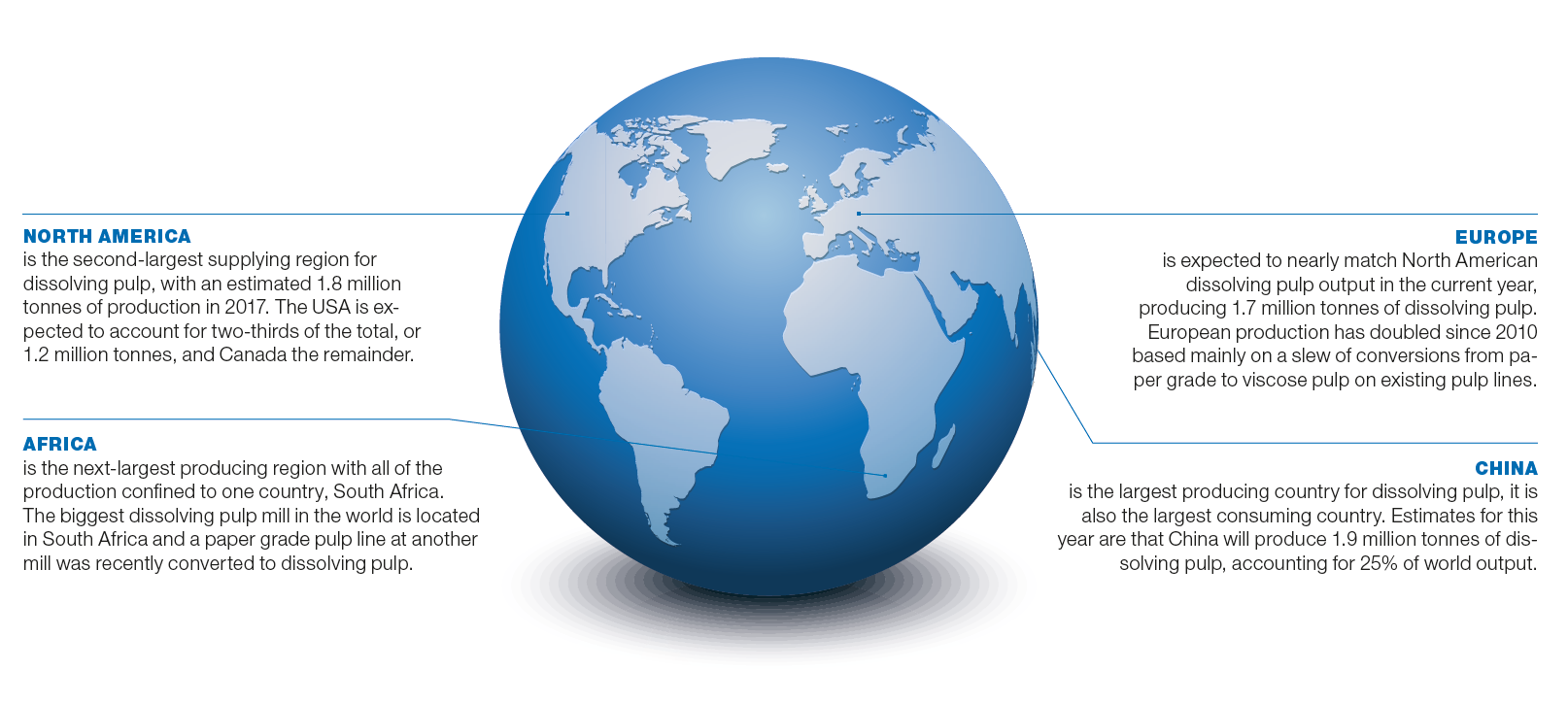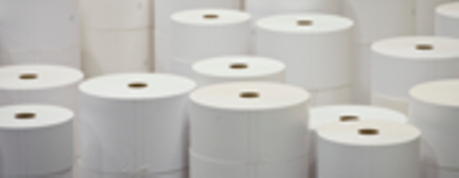1.
Dissolving pulp may be broadly classified as viscose pulp, which is used to make viscose staple fibers, and hi-alpha or specialty pulp, which is used to make a broad array of higher valued products such as acetate tow for cigarette filters, cellulosic ethers used as additives in a number of materials, and nitrocellulose.
Viscose pulp has accounted for the vast majority of the demand growth in dissolving pulp over the last 15 years, boosted by share gains for viscose staple fibers in the world textile fiber market. Most of these gains have been at the expense of cotton, especially in the 2010-2013 period when cotton prices were high and supplies were limited. Viscose staple fibers are being used in a broad range of products, including apparel, household furnishings such as bedding, and nonwovens wipes. The development of viscose fibers with superior product characteristics, led by lyocell and Tencel, is adding to the growth from traditional viscose staple fibers.











